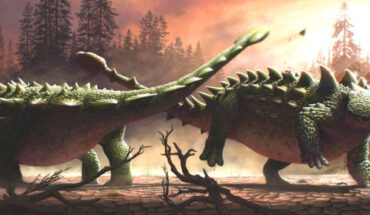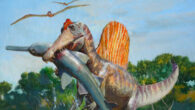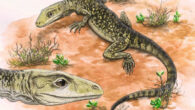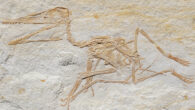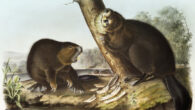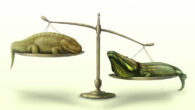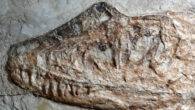Ankylosaurid dinosaurs were heavily armored herbivores with tails modified into club-like weapons. These tail clubs have widely been considered defensive adaptations wielded against predatory dinosaurs. In a new paper, published in the December 2022 issue of the journal Biology Letters, paleontologists argue instead that ankylosaurid tail clubs were sexually selected structures used primarily for intraspecific combat. Zuul crurivastator in battle....

